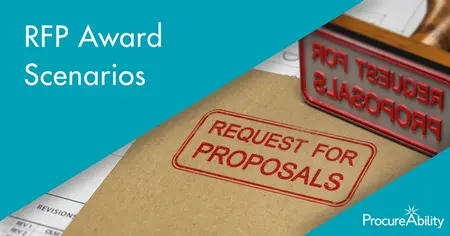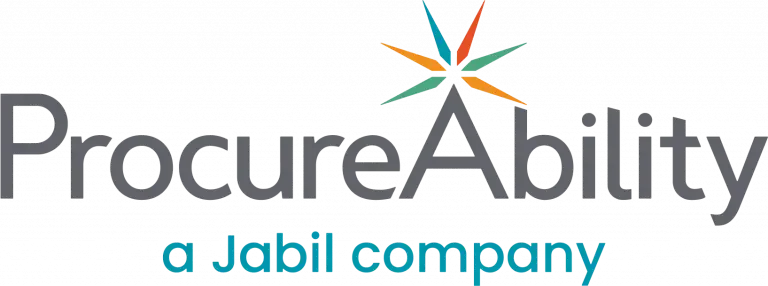
While budget is generally an important component for decision making, it should not always be the top factor in awarding an RFP. After pricing has been received for an RFP, it is important to take a holistic view of the bidders’ capabilities using award scenarios.
First, when setting up an RFP, create a scorecard with all the factors to consider when deciding the awards. (Pro tip: add a “weight” each of the items in the scorecard to make tracking easy). While pricing can be one factor in the scorecard, some other examples of criteria to include are:
- Quality
- Sustainability/Corporate Social Responsibility
- Terms and Conditions
- Schedule/Speed of Delivery
- Warranty
- Total Cost of Ownership
- Diversity Status
With an established scorecard, grading an RFP is straightforward with formulas applying helpful outputs. Examples of award scenarios include:
- Lowest Price – Under this scenario, the RFP would be award to the company with the lowest price, without taking other factors, like speed of delivery, etc. into consideration. This method is ideal when procuring IT hardware or other commodities that are easily standardized and can be bought from lots of suppliers in bulk.
- Highest Score – This scenario awards the bid to the highest score on the scorecard, as described above. This approach can be beneficial for complex categories such as construction or engineering services where many factors are involved.
- Single Award – In many situations, awarding to only one supplier will simplify the contracting process and minimize the administrative cost of managing multiple suppliers. In these cases, let suppliers know in advance that only one award will be made so they come with their best proposal.
- Multiple Awards – In some areas, like construction services and critical parts, it is beneficial to award to multiple bidders to mitigate the risk of having only one source of supply. Ask yourself (and your stakeholders) if the awarded bidder can fulfill the contract by themselves and if the impact from delays/supply disruption would require that you find another source. As with a single award scenario, suppliers will appreciate knowing in advance if you plan to make multiple awards.
After reviewing the scorecard, consider the possible scenarios and make a pros and cons list for each. It is important to assess multiple scenarios before you award a contract through an RFP.
5 steps to reviewing an RFP:
- Identify what is important to the success of the project
- Establish weights for each component
- Grade RFP responses with a pre-built scorecard
- Consider all award scenarios
- Make a Pros & Cons list
Following these 5 steps will help ensure your company receives the best outcome from the RFP process and that the process does not drain unnecessary time from your organization.
Subscribe to ProcureAbility Insights to access whitepapers, presentations, plus our latest thought leadership.



